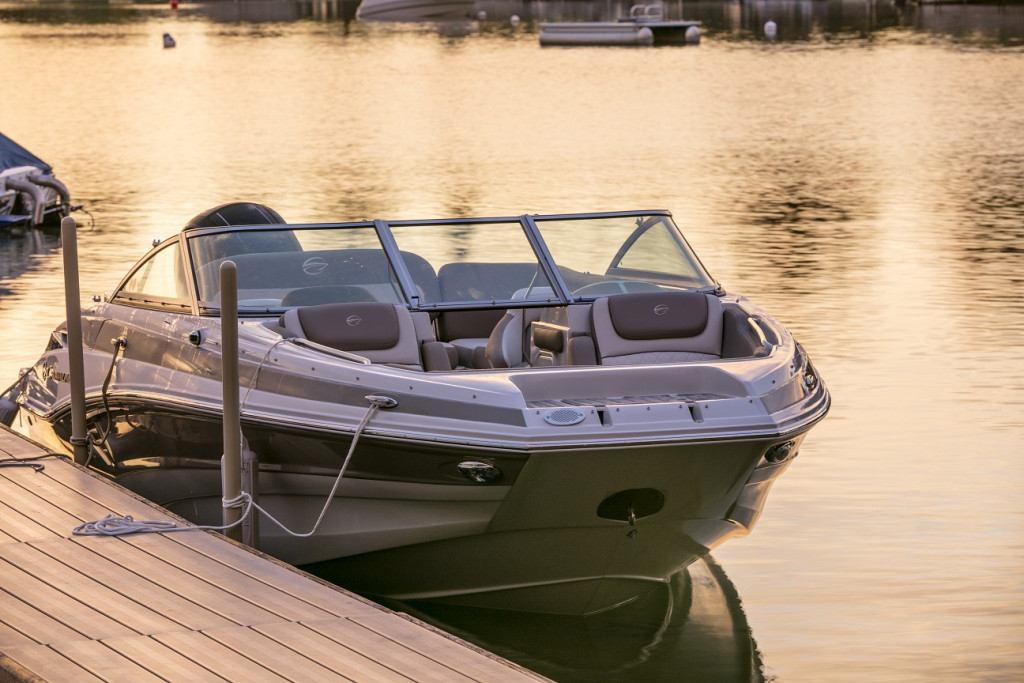
#1 You’ve probably already heard the cardinal rule of docking a boat: Never approach the pier any faster than you’re willing to hit it. In other words, you never know when a sudden “oopsie” will cause your precious fiberglass chariot to do the opposite of what you had intended. Just in case, always approach solid objects slowly enough that if your docking job turns into a ramming, the results won’t be tragic.
#2: Use enough juice to get the job done. When it comes to causes of disastrous docking, applying insufficient power comes in a close second to applying too much. You need to counter and overcome momentum, wind, and current. If you don’t tell your boat what to do—with authority—one or more of these other factors is likely to take over.
#3: Always look before you leap. Give your slip a hairy eyeball, even if you’ve backed into it 100 times before. The biggest issue here is mooring lines. If any lines of yours or a neighboring slip fell off a piling and into the water, current could stretch it out across your path. Tangle a mooring line in your propeller, and that docking job will go south in a hurry.
#4: With twin inboards, don’t touch the wheel. Ever. You’ll be tempted, but you have more control if you leave the wheel centered and use only the engines. If you do turn the wheel, then when you try to use the engines and the prop-wash hits a cockeyed rudder, the boat may take an unexpected path.
#5: In heavy winds, reduce your windage. Particularly in a small boat, this can have a dramatic effect on how easy or how hard it is to dock. A Bimini top or an Isinglass enclosure can act like a sail on a powerboat, and throw you out of kilter. On a sailboat, a sail lazily left unfurled can have the same effect.
#6: Never kill the engines until all the lines are secure. Many people who don’t know how to dock a boat well make the mistake of shutting down as soon as the boat is in the slip, but you never know if a crewmember is going to drop his or her line(s), or when a piling will slip out of reach. Keep the powerplants on, so you can maneuver as necessary.
#7: Don’t be afraid to abort. This is especially important for sailboats, single-screw inboards, and other boats with a limited ability to maneuver. If the approach doesn’t seem to be going well don’t try to force the issue; instead, circle back for another try.
# 8: Learn how to dock a boat using fenders that are placed with precision. There’s more to this than merely hanging the fenders over the side; you need to judge where the boat will kiss a piling, and how to orient the fenders so they don’t get caught under the pier or swing freely above it. Position them properly and you’ll find that even the best boaters in the world can do a better job of damage-free docking, with the pressure-points protected.
#9: When docking any type of single-engine boat, always turn the wheel before applying power—not during or after. That way, you won’t get a blast of forward or reverse before the blast of port or starboard kicks in.
#10: Always apply short bursts of power, instead of steady power. This allows you to maneuver without building up a lot of momentum, which can quickly get out of control.
